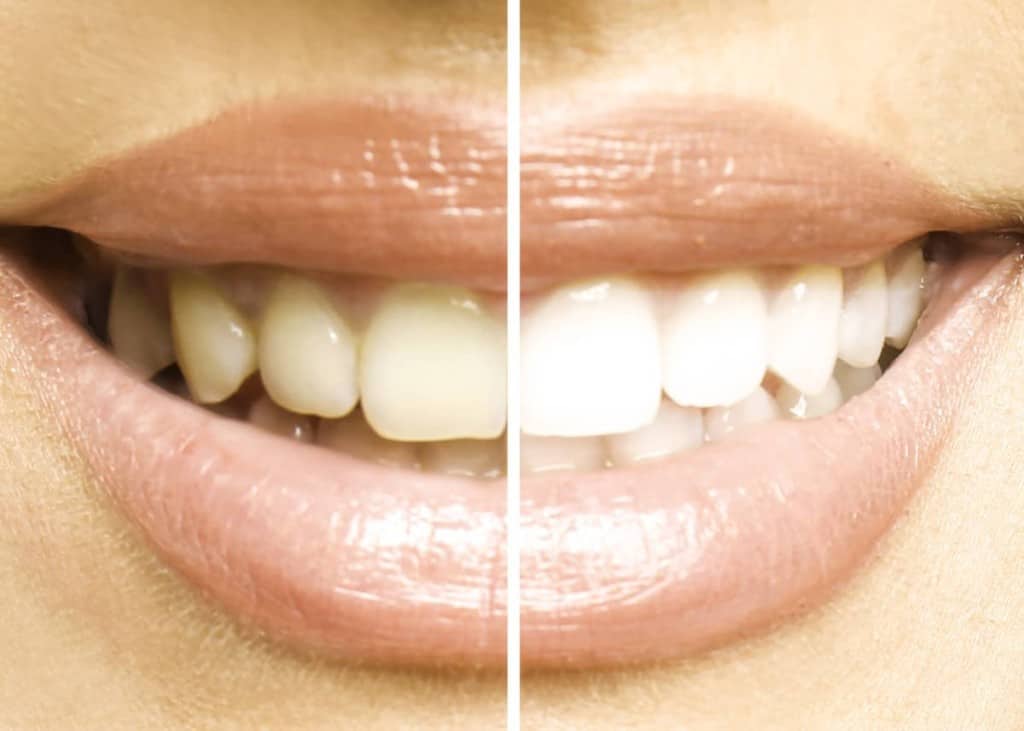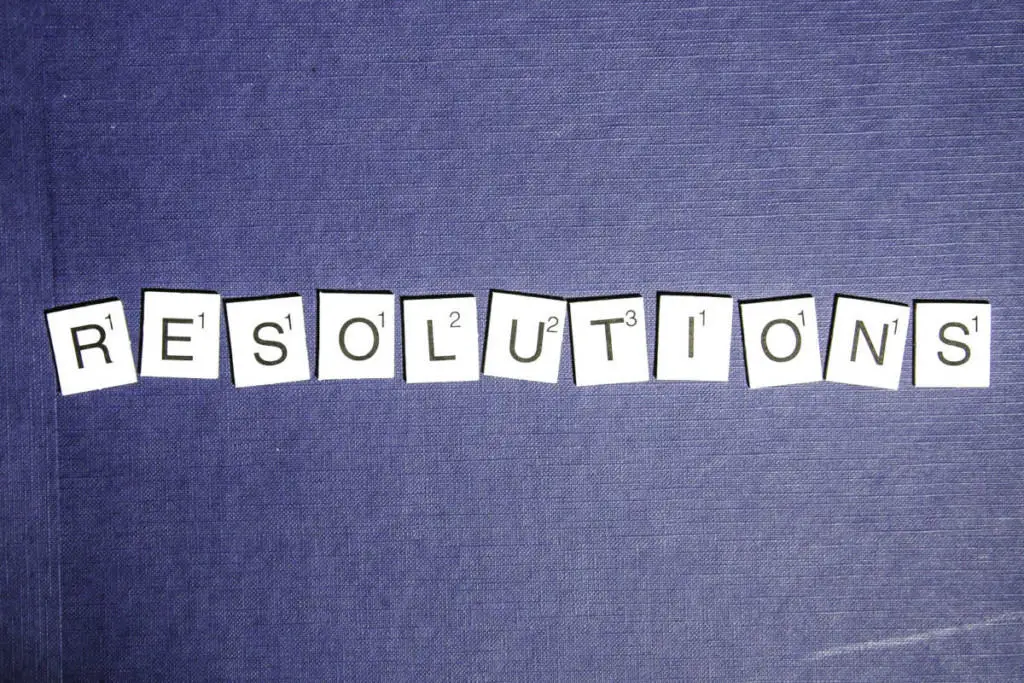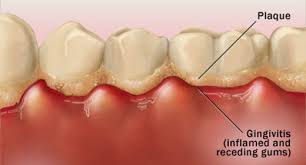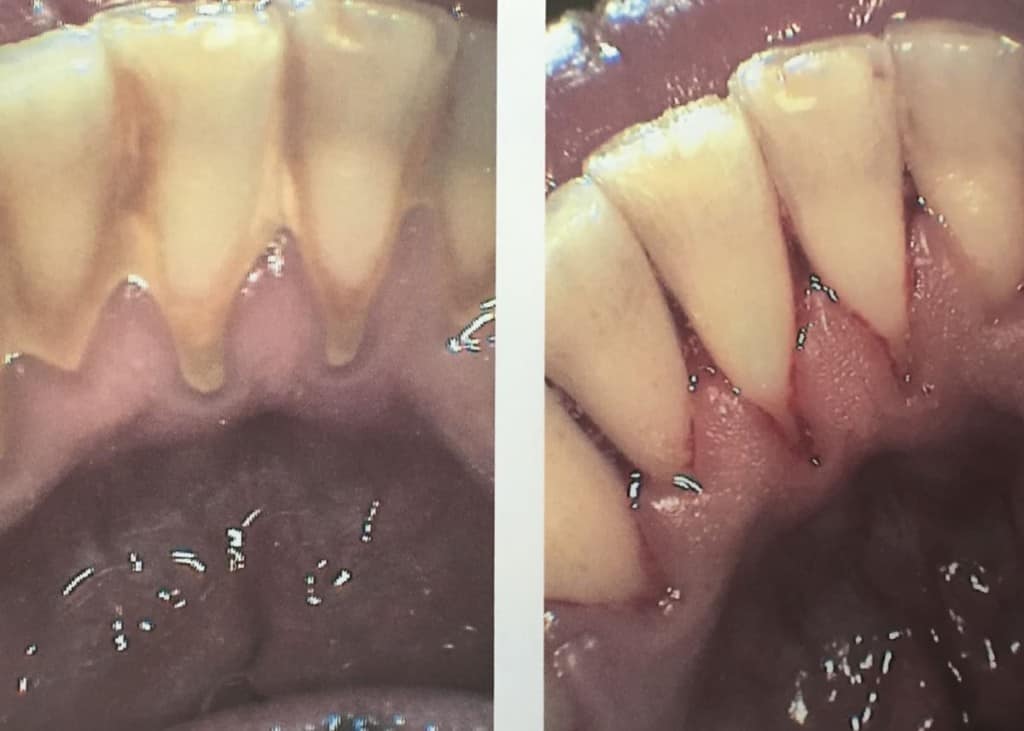
We all have those new years resolutions that we try to stick to. And we do for a couple of months, usually lasting until February/March or even April if we’re lucky.
Why is it that new year’s resolutions are so hard to keep?
We have so much motivation at the beginning of the year, then we slip into our old habits until we get to the end of the year. Then we start all over again.
Last year, my new year’s resolution lasted about a week.
Do you know what it was?
Get to bed earlier.
For some, 10 pm might be late but I’ve always been a dedicated night owl easily staying up past midnight.
Because I start work at 7 am, my morning routine is fast, usually done with half-open eyes and with a coffee in hand.
A big reason why we fail at new year’s resolutions is that we choose too many. I think this is why I failed my going to bed early resolution.
I was too busy cramming in all my other new year’s resolutions and didn’t have enough time for them all, resulting in a midnight relapse.
I think one of the keys to keeping consistent with our new year’s resolutions is picking 1-3 things to improve or change. Don’t overwhelm yourself with too many, the more you choose the more likely you will fall into the same boat I was in.
Choose something that will not take up too much time and has a huge payoff… like flossing!
Flossing your teeth literally takes about 30 seconds, and can pretty much be done anywhere.
Watching TV? Floss.
Studying for an exam? Floss.
Showering? Floss!
On the porcelain throne? Floss!
Why flossing has a huge payoff
Studies have shown that flossing your teeth can increase your life span!
We are all about that longevity and looking younger right? This study published in the Journal of Ageing Research describes the link between dental health and mortality in the elderly.
Flossing your teeth regularly can help prevent periodontal disease, which is a form of gum disease. Over time when the bacteria stays under the gums and isn’t removed, it can start to cause the gums and bone to break down eventually causing tooth loss.
You may think of that old saying “getting long in the tooth”.
Periodontal disease has been linked to health issues such as heart disease, cancer, diabetes, kidney failure, Alzheimer’s, and chronic inflammatory diseases such as rheumatoid arthritis.
Keeping your pearly whites… white
What is the first thing you notice when you first meet someone? It’s usually their smile.
Continuing on the topic of wanting to look younger and maintain our youthfulness, our smile can speak 1000 words. A stained and unhealthy smile can age us significantly.

Because flossing cleans out the bacteria and food from in between your teeth, it reduces the stains on your teeth. By not flossing, the bacteria can absorb pigment from food and drink similar to a sponge.
Having a healthy smile not only keeps us youthful but has a huge impact on our overwell wellbeing including our self-confidence.
Read Now: The best teeth whitening products recommended by a dental hygienist
Missing 35%
When you skip flossing, you actually miss about 35% of the tooth. Brushing alone only does about ⅔ of the job.
Flossing with the correct technique can get about 3 mm under the gums, whereas a brush maybe 1-2 mm. By using the “c-shape” technique you wrap the floss around the tooth to cover the most surface area, also by wrapping it around the tooth, the gums won’t get in the way, allowing the floss to extended farther underneath the gumline. Most people just go through the teeth and go straight back up, only cleaning the spot where the two teeth directly meet.
Under the gums is where the magic happens, literally. Billions of bacteria multiplying rapidly and calling that space home. And as mentioned before, when these bacteria multiply by the billions and are not disrupted and removed, your overall total body health will decline.
How to stick with your floss resolution
Below are a few tips to keep you motivated and adherent to your new New Year’s resolution.

Keep your floss out on the counter
Keeping your floss where you can see it will make you floss more. It gives you a visual reminder of .. oh yeah… I need to do that.
And maybe if you avoid it you will have a sense of guilt (can you tell I’m writing from experience).
So many times I have had patients tell me that they “forget” to floss and that their floss “is somewhere in the cupboard”.
Floss BEFORE you brush your teeth.
The long-standing debate is similar to the egg and the chicken… what comes first? The mystery for the floss and brush has been solved though.
And flossing comes first, here is why.
When you floss first you disrupt the colonies of bacteria that have been multiplying on your teeth and gums and dislodge any food particles that may be stuck there. By clearing it all away, when you brush the toothpaste will actually be able to get in between your teeth and start to remineralize the tooth surface to prevent cavities.
Also, flossing can be gross, and when you remove the plaque and food debris it can smell and taste bad… who wants that after they have brushed their teeth and their mouth is minty fresh? I know I don’t.
If you want an idea of what’s really happening to all that food and bacteria stuck in between your teeth and gums, smell it.
Just try it, next time you floss… smell it!
When you floss a couple of teeth, take the floss and smell the section you just used. Imagine leaving all that yuckiness in your mouth! When you start to floss more, it will keep the bacteria levels down, making its a much more pleasant experience.
Pick 3-4 days a week that works best for you
Sometimes aiming for 100% success can actually cause you to backtrack.
Start off slow, its a marathon not a sprint.
You can start by choosing 2-3 days a week that you will floss. Maybe it’s Wednesday, Friday and Sunday.
If you can be consistent with a few days, you will feel successful and start to feel how much better your mouth feels. This boils down to habits coinciding with reward. Once you continue to do something, and you start to notice a difference in how your mouth feels, you will want to keep feeling that.
Pick a time that works best for you
Do you have time at lunch at work? Or right after dinner? Having a time dedicated to flossing will keep you more adherent to it. The most ideal time to floss is before you go to bed (and not consume anything after) but really if you are doing it within a 24-hour span you are good to go.
The most popular excuse for not flossing it actually “I was too tired before bed”. I have had patients become very adherent flossers by just choosing another time of day to do it.
It will save you money in the long run!
As I mentioned previously, the bacteria are constantly multiplying.
All those multiplying bacteria eat and excrete.
The bacteria produce acid when it consumes the sugar in your mouth. This acid starts to break down the tooth surface of the tooth that can lead to a cavity.
In the image below you can see how much floss costs on a yearly basis if you are flossing every day. By flossing you can help prevent all of the procedures that are listed below it.
I mean floss costs less than a couple months worth of a Netflix subscription or a coffee
See it to believe it
Ever heard that saying out of sight out of mind? This happens with the plaque (bacteria) on your teeth and gums.
We can’t see exactly where it is and therefore when we brush, we may think we got everything but in reality we are leaving a yucky filmy mess behind.
Disclosing tablets are little purple tablets that you can chew after brushing and flossing and the dye will colour the bacteria left behind a nice hue of pink and purple.
are little purple tablets that you can chew after brushing and flossing and the dye will colour the bacteria left behind a nice hue of pink and purple.
After chewing them and they dissolve just spit out into the sink (remember to spit close to the sink so you don’t spray and pink and purple ess all over your bathroom).
This is such an effective thing to do to really show you what you’re leaving behind! A yucky but beautiful mess!

I mostly do this activity with my young patients but it can work even more effectively with adults. You can use it as a little competition between friends if you really want to… if that’s what you do in your spare time (guilty).
“I will never floss”
So you’ve tried flossing but it is just not for you. Maybe it’s your dexterity or something else that is limiting you.
If this is you, I suggest trying a Waterpik . They can really be effective at blasting out the bacteria and food debris out from in between the gums and the teeth.
. They can really be effective at blasting out the bacteria and food debris out from in between the gums and the teeth.
Although it doesn’t replace flossing I have seen people go from not flossing to using a Waterpik daily and the results are amazing.
They are great for cleaning around bridges, implants and braces!

But my gums bleed when I start flossing!
This WILL go away. Trust me. When your gums bleed its a sign of gingivitis (the beginning stage of gum disease)

Gingivitis happens when there are too many bacteria on your gums and teeth. Your body sees these bacteria as an invasion and just like any infection in your body, your body wants to kill off the bacteria and heal the infection.
Your body sends more blood to the areas where there are too many bacteria so the white blood cells can kill the bacteria. This is why your gums become more sensitive and bleed more easily.
If your gums don’t stop bleeding after 2 weeks of regular flossing and brushing with proper technique, you may have build up that is underneath and or on top of the gums in certain areas.
This build-up is called calculus and CANNOT be removed at home, it must be removed by a trained professional, either a dental hygienist or dentist.

The quick fixes and clickbaity pins on Pinterest just will not work. To be quite honest they can cause more harm than good.
You will want to seek out a dental professional and ask for their opinion and recommendations because everyone’s situation is different.
They can go over areas that you may be missing brushing, and brush up on your brushing technique. Often, the smallest of changes can make the biggest impact.
The professional tools that we use to clean your are area-specific and are sharpened regularly in order to make sure we leave nothing behind.
If you try and remove it at home you can damage your tooth or gums or leave some behind and the gums can start to heal over it.
In some instances, this can cause a gingival abscess (an infection in the gum tissue). This can not only be painful for you, but it can jumpstart gum disease and quickly start to destroy gum and bone tissue.
The problem with flossing is that with our busy lives the last thing you want to do after a long day at work, putting the kids to bed and cleaning up after dinner is to floss.
I’ve been there, a quick teeth brush and off to bed I go will an underlying guilty feeling.
You can do it, I have faith in you. Start slow, make a routine and before you know it you will be a floss boss!
Holly 🙂

